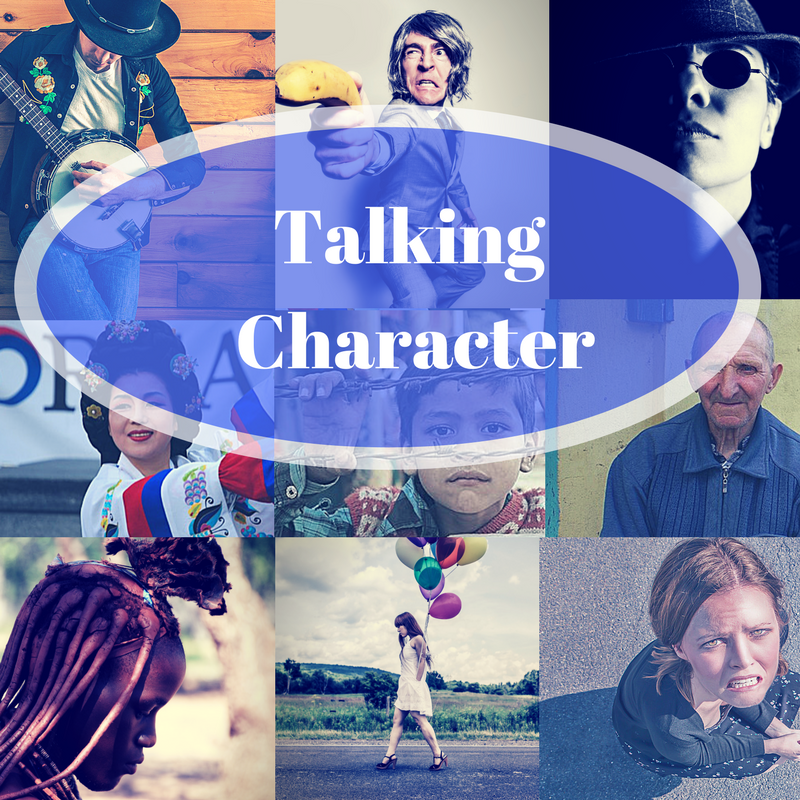
Courting the Muse
Why Stealing Characters from History Isn’t Just for Historical Fiction
As writers, we’re generally in the business of creating our own inspiration. When it does strike us unbidden, we…
June 13, 2020
As writers, we’re generally in the business of creating our own inspiration. When it does strike us unbidden, we…
June 13, 2020
Rebecca Lee Crumpler was a pioneer, but not the sort who climbed a weather-beaten prairie wagon, wrapped her work-worn…
February 20, 2019
My recent novels are about two women who lived four thousand years ago, Hagar and Sarah. Their stories are…
December 20, 2018
Historical fantasy is a genre growing in popularity. Many famous historical figures have earned themselves a retelling of their…
December 7, 2018
Sometimes fiction authors write about real people. Especially those who write historical fiction. Real historical characters can add a…
February 20, 2018